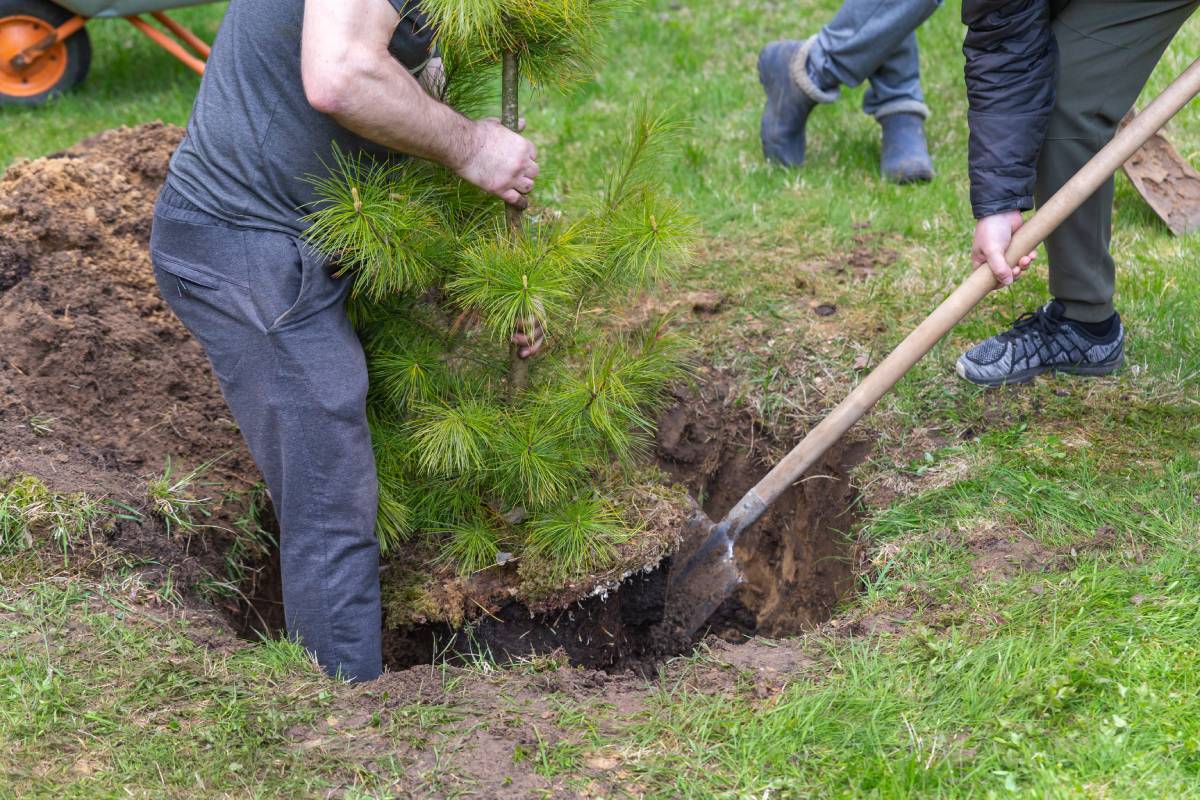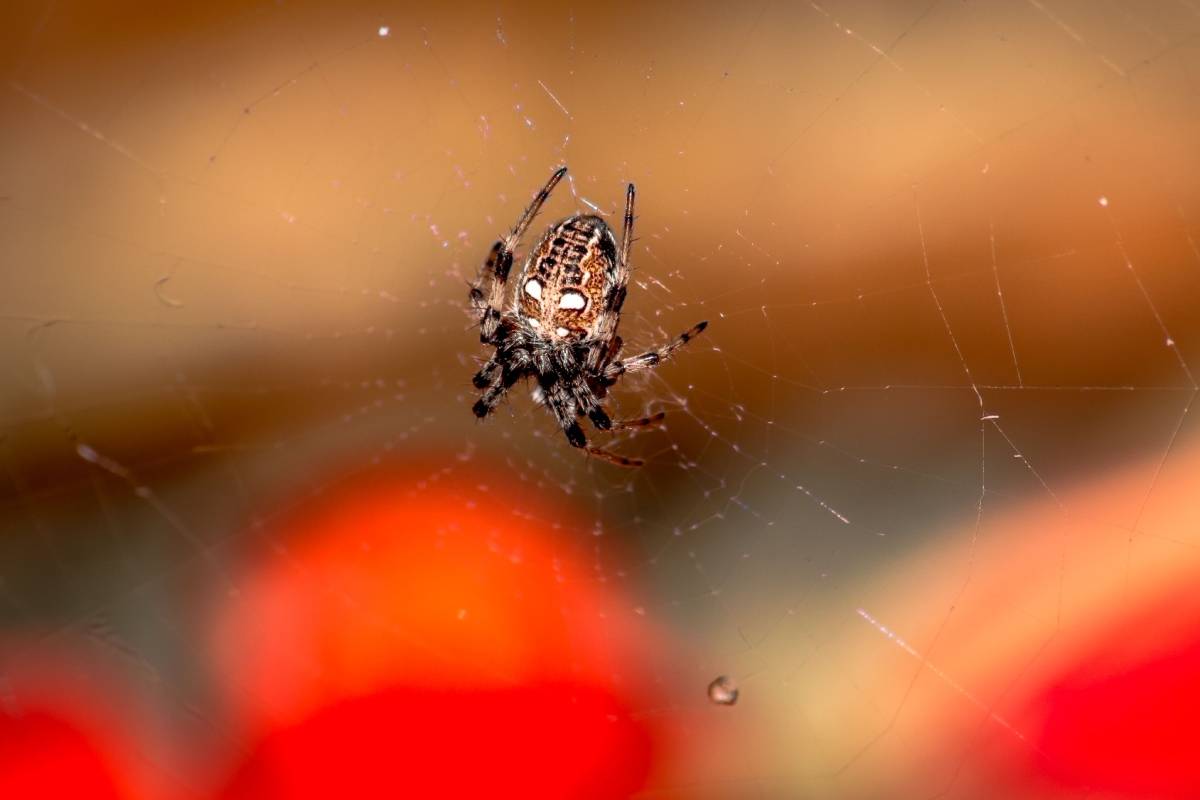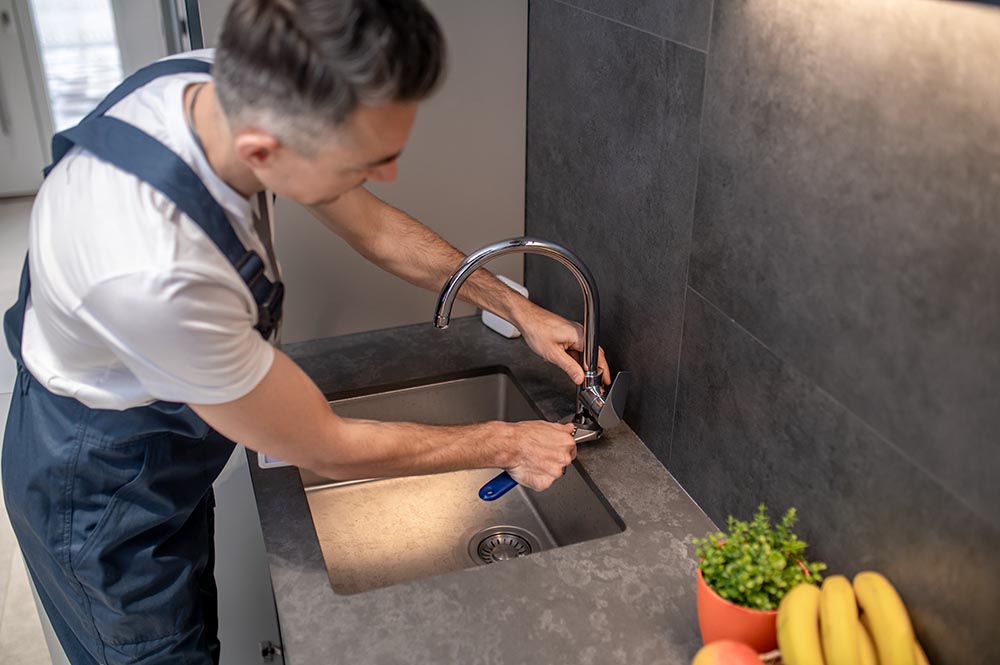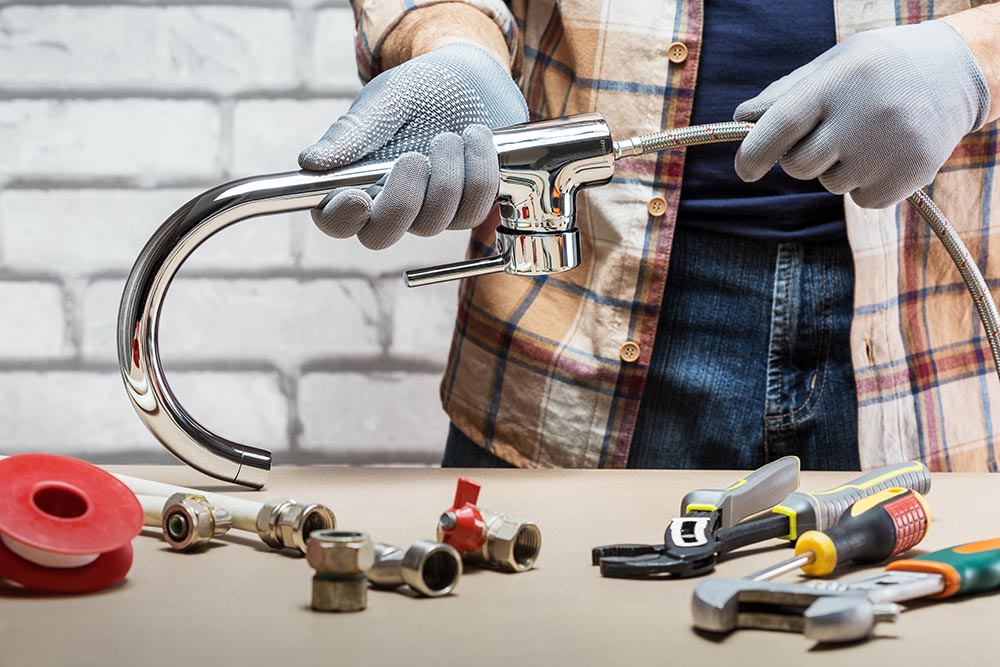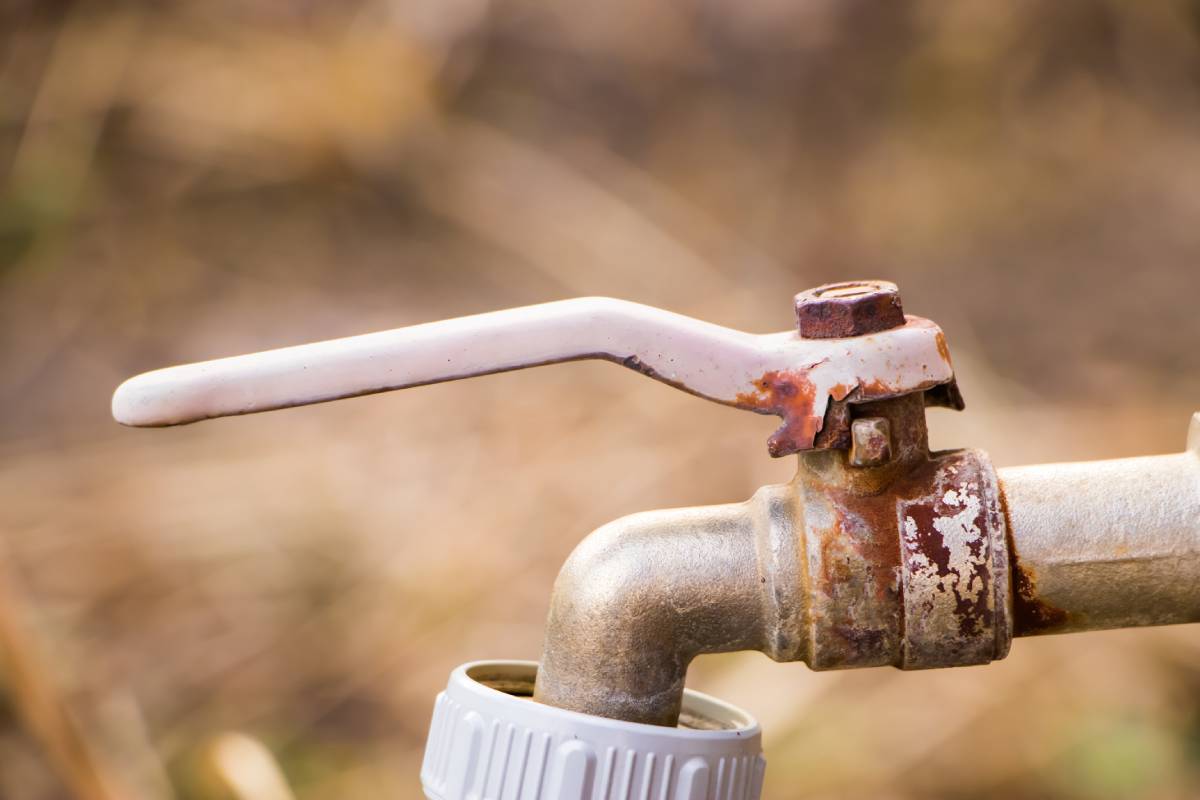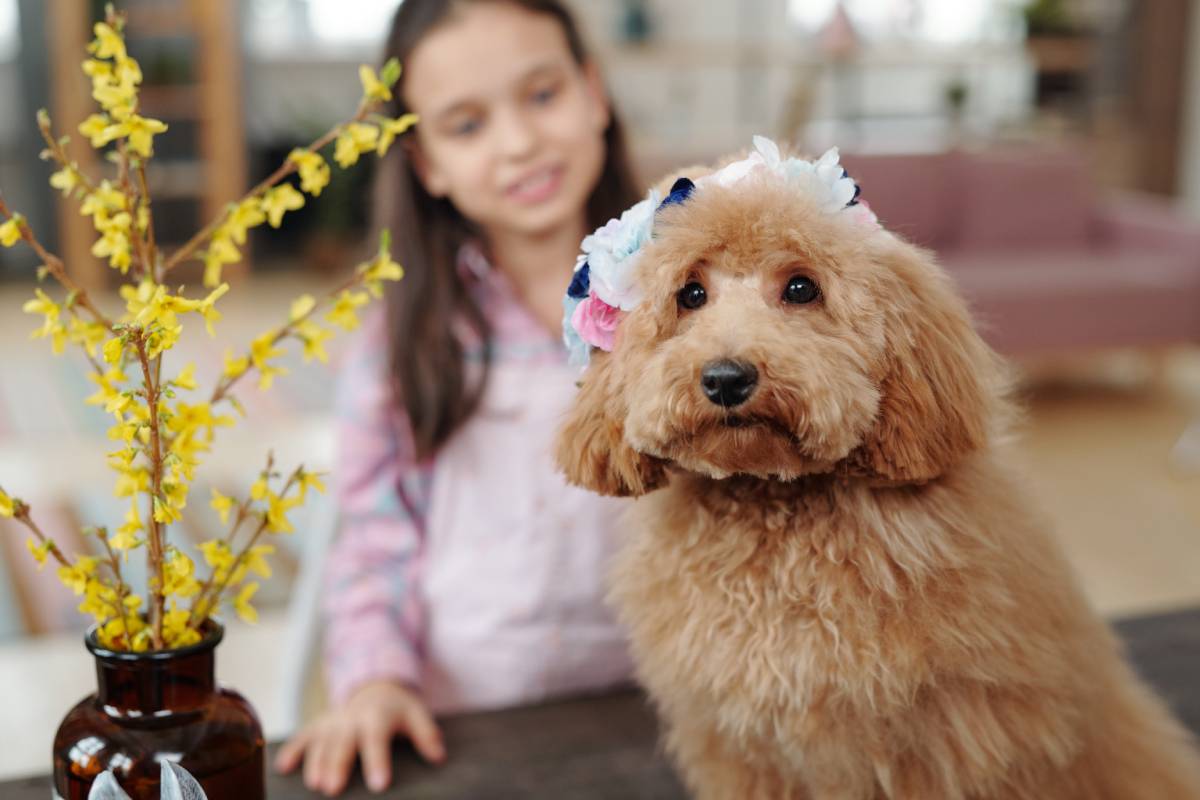
Is Pest Control Safe? Are They Children and Pets Friendly?
Before getting pest control treatments, many people wondered if they were safe for kids and pets. It’s an important question, and safety is, obviously, our top concern. Normally, pest control companies always do a risk assessment first, especially to see if there are children or pets nearby. They also consider any potential impact on the environment.
So, are pest control treatments safe? Let’s break it down by general pest control and rodent treatments first, then look at environmental safety…
You might also read:
Safe Pest Control Measures
Modern pest control chemicals have come a long way in terms of safety, but it’s still essential to exercise caution when using them. While these chemicals are generally safer than their predecessors, it’s important to take certain precautions to ensure the safety of pets, children, and adults.
When pest control professionals are spraying, it’s crucial to keep pets, children, and adults out of the treated area until the treatment has dried completely. This is because the wet treatment can more easily penetrate the skin, increasing the risk of exposure to potentially harmful chemicals.
To further ensure safety, it’s helpful to clear away toys and other items from the treatment area before the pest control technicians arrive. Although they will double-check this before spraying, removing items beforehand can help minimize any risks.
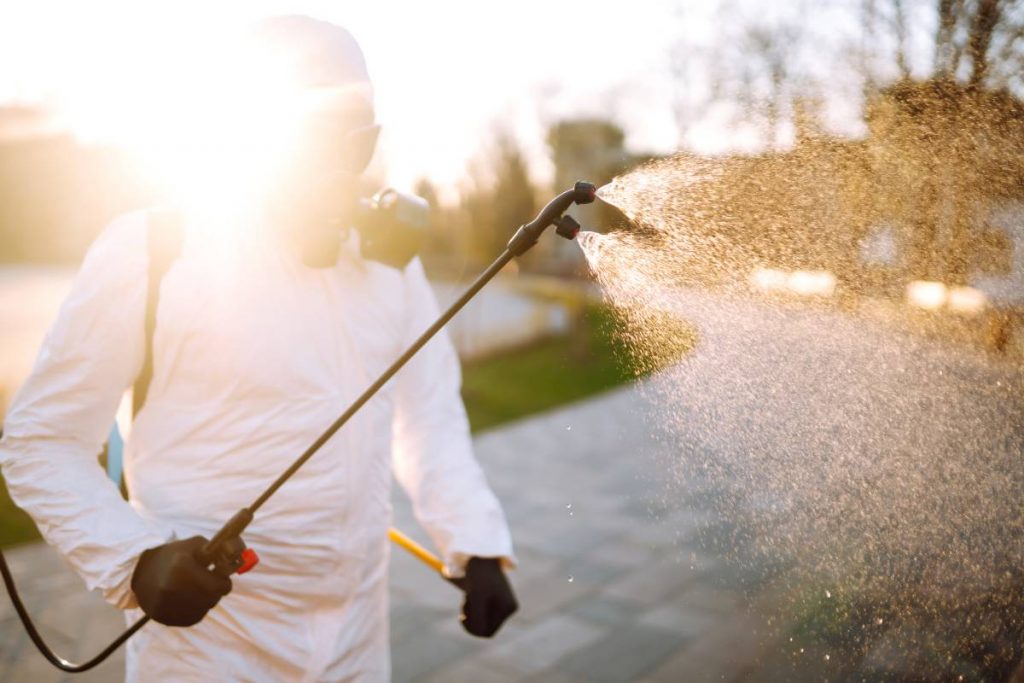
In cases where cockroaches or ant baits are part of the treatment plan, pest control professionals typically place them out of reach of children and pets or use bait stations. These precautions are taken because only small amounts of bait and insecticide are used, making it unlikely for ingestion to cause harm. Even if a pet or child does ingest some, the quantities used are generally not harmful.
However, despite these safety measures, it’s essential to be aware of potential risks and take appropriate precautions. Accidental ingestion of pesticides can still occur, so it’s crucial to store all pest control products safely out of reach of children and pets. Additionally, it’s important to follow any instructions provided by the pest control professionals regarding re-entry times and precautions after treatment.
Safe Rodent Treatments
Modern insecticides have significantly improved in terms of safety, but the same cannot be said for rodent baits, which pose unique risks, especially to pets and children.
Rodent baits are specifically designed to exterminate rats and mice, meaning accidental ingestion can be problematic for both pets and humans. These baits are formulated with a bittering agent to deter human consumption, reducing the likelihood of significant ingestion by children. However, if there is a suspicion that a child has ingested any amount of rodent bait, immediate medical attention should be sought to prevent any potential harm.
Despite the bitter taste, some dogs may still be attracted to rodent baits and consume them, which can result in illness or worse. Although rodent baits contain low levels of rodenticides, even a small amount can cause severe sickness in pets. If there is any suspicion that a pet has consumed rodent bait, it is crucial to take them to a veterinarian immediately for proper treatment and care.
Cats are less likely to directly ingest rodent bait, but they may consume rodents that have been affected by the bait. Therefore, it is essential to thoroughly check for and remove any dead rodents after treatment to prevent secondary poisoning in pets.
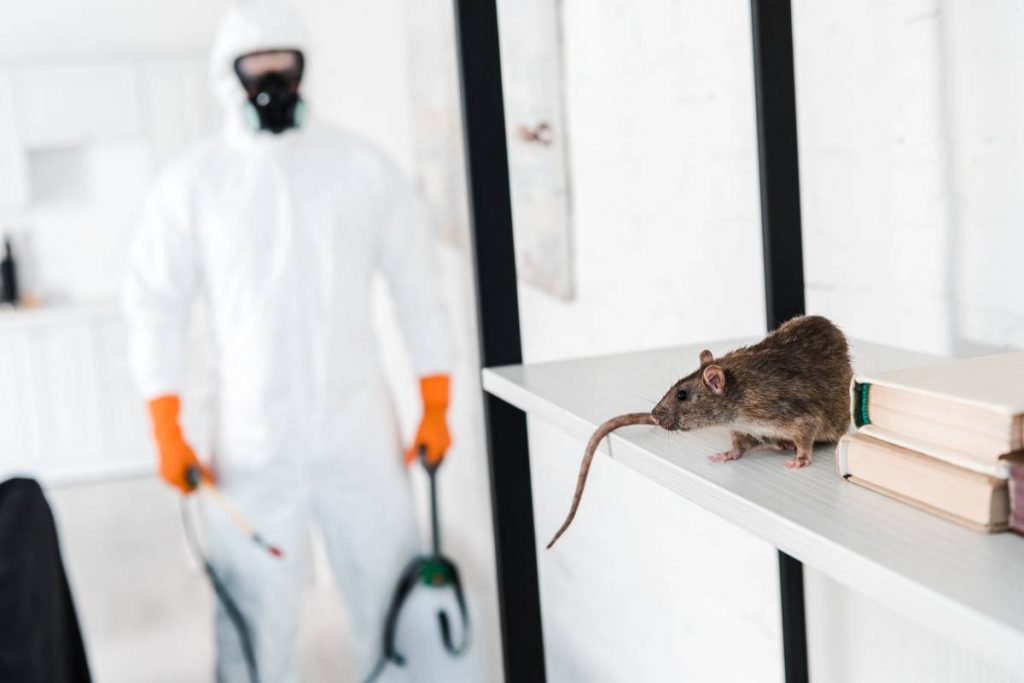
As part of regular rodent treatment programs, professional pest control technicians often utilize lockable bait stations. These stations are strategically placed in areas that are inaccessible to children and pets to minimize the risk of accidental ingestion. By using these stations, the bait is kept away from curious fingers and paws, reducing the chances of exposure to potentially harmful substances.
Furthermore, the placement of rodent bait stations is carefully considered to ensure they are out of reach of children and pets. By taking these precautions, pest control professionals aim to minimize the risk of unintended exposure while effectively managing rodent populations.
In addition to using lockable bait stations, pest control technicians are trained to assess and address potential risks associated with rodent baiting. They are knowledgeable about the appropriate placement of baits and take measures to ensure the safety of both humans and pets during and after treatment.
Overall, while modern rodent baits can effectively control pest populations, it is crucial to recognize and mitigate the potential risks they pose to pets and children. By following proper safety protocols, working with experienced pest control professionals, and using precautionary measures such as lockable bait stations, it is possible to achieve effective pest management while prioritizing the safety of all occupants in the treated area.
Ecosafe Pest Control (Environmental Safety)
Insecticide sprays can pose risks to honeybees, as they are essential pollinators crucial for ecosystems and agriculture. While the areas typically sprayed, such as external walls, are not where bees usually rest, precautions are taken to avoid harming them. If vegetation is part of the treatment area, we ensure there are no blooming flowers nearby to protect bees from exposure to insecticides.
Although modern insecticides are designed to be safe for mammals, they can still have adverse effects on aquatic life at very low concentrations. To mitigate this risk, fish tanks and ponds are covered during indoor and outdoor spraying to prevent accidental contamination of water sources. When proposing termite treatments, we carefully consider factors such as proximity to waterways or sloping terrain to prevent termiticides from leaching into these sensitive environments.

Rodenticides also pose significant environmental risks. Directly, there is a risk of native animals like possums consuming the bait, which can lead to harm and potential legal consequences due to their protected status. Additionally, there is the risk of secondary poisoning, where predators such as birds of prey ingest rodents that have consumed rodent bait, leading to harm to these important species.
To mitigate these risks, professional pest managers employ measures such as using lockable bait stations to prevent access by non-target species. These stations are strategically placed in areas inaccessible to children, pets, and wildlife to minimize unintended exposure. By understanding these risks and taking proactive measures, we aim to prevent harm to non-target species and maintain the delicate balance of local ecosystems.
To sum it up, we put environmental safety first when it comes to pest control. We’re always thinking about how our methods might affect honeybees, water creatures, and local animals. Our goal is to keep the environment safe while we keep pests in check. That’s why it’s super important to team up with pest control experts who get the risks and know how to handle them right, so we can tackle pests without hurting our planet.
Final words
To answer the question, are pest control treatments safe for children, pets, and the environment? Yes, they are, as long as they are conducted by a skilled, professional pest manager who prioritizes safety above all else like Pest Control Brisbane, you can trust that they’ll prioritize safety in all of the treatments!


